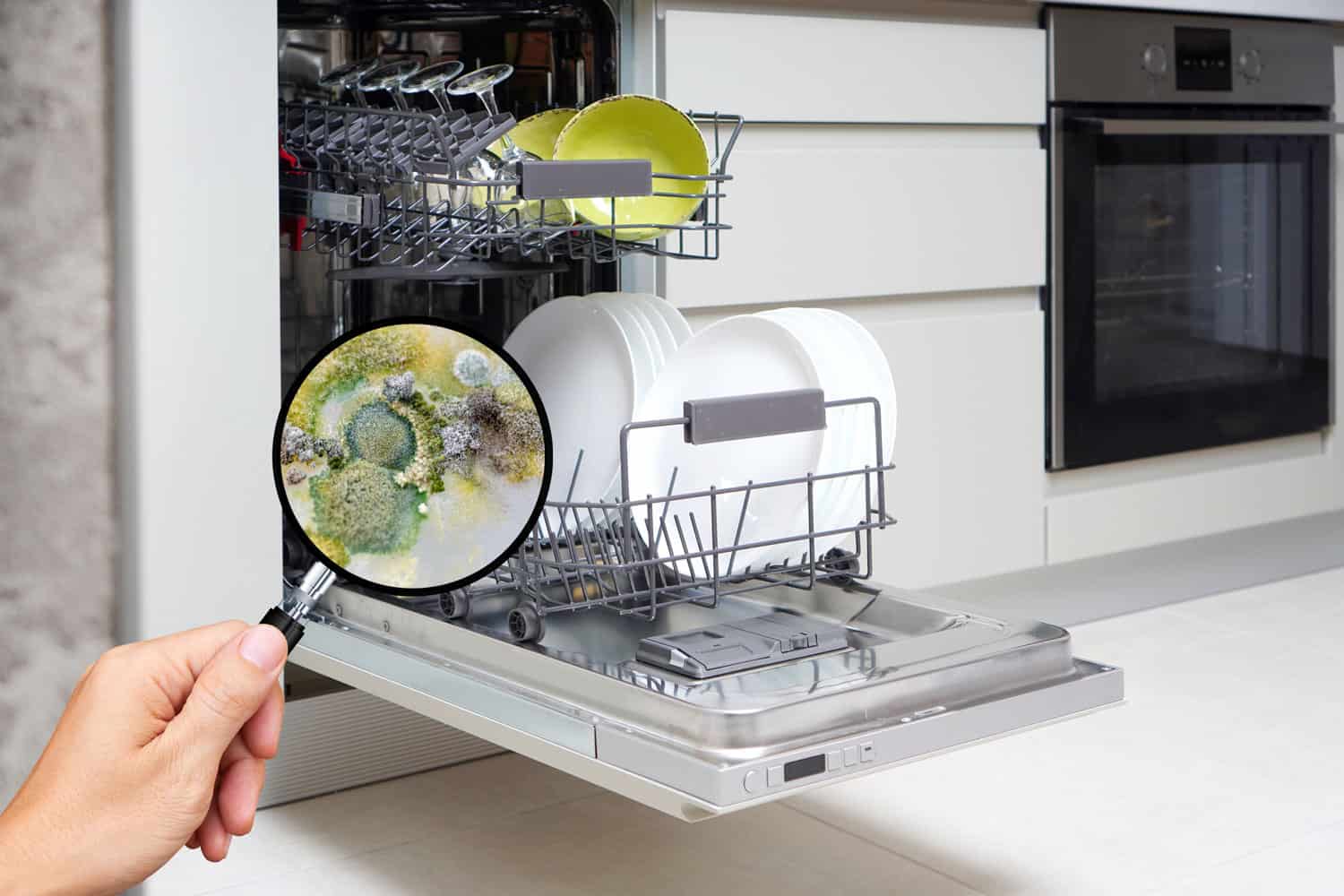

Articles
How To Clean Mold From Dishwasher
Modified: October 19, 2024
Learn effective methods to clean mold from your dishwasher in this insightful article. Keep your kitchen germ-free and extend the life of your appliance with these helpful tips.
(Many of the links in this article redirect to a specific reviewed product. Your purchase of these products through affiliate links helps to generate commission for Storables.com, at no extra cost. Learn more)
Introduction
Mold is a common problem that can affect various areas of our homes, including our dishwashers. Discovering mold in your dishwasher can be unsettling and concerning for many reasons. Not only can it impact the effectiveness of your dishwasher, but it can also pose a risk to your health.
Mold thrives in dark, damp environments, and the dishwasher provides the perfect breeding ground for its growth. The warm, moist conditions inside the dishwasher, combined with food particles and organic matter, create an ideal habitat for mold spores to flourish.
Not only is mold visually unappealing and can cause an unpleasant odor, but it also poses health risks. Mold exposure can lead to allergic reactions, respiratory issues, and other health problems, especially for individuals with compromised immune systems or pre-existing respiratory conditions.
It is crucial to address any mold infestation in your dishwasher promptly. This article will guide you through the process of cleaning mold from your dishwasher effectively. By following these steps, you can restore the cleanliness of your dishwasher and ensure the health and safety of your household.
Key Takeaways:
- Mold in the dishwasher not only affects its performance but also poses health risks. Taking safety precautions, thorough cleaning, and preventive measures can ensure a mold-free and hygienic environment for your dishes.
- Regular maintenance, including monthly cleaning cycles with vinegar and keeping the dishwasher dry, is crucial in preventing future mold growth. Prioritize safety and follow the steps to enjoy a clean and efficient dishwasher.
Read more: How To Clean Mold From Hot Tub
Understanding the dangers of mold in the dishwasher
Mold growth in your dishwasher is not just a cosmetic issue. It can have various negative effects on both your appliance and your health. Understanding the dangers associated with mold in the dishwasher is essential for taking the necessary steps to address the problem.
First and foremost, mold can compromise the performance of your dishwasher. When mold builds up in the rubber seals, drain, and other hidden parts of the dishwasher, it can obstruct the flow of water and hinder proper drainage. This can result in dishes not being cleaned thoroughly or a foul odor emanating from your dishwasher.
Moreover, mold can contaminate your dishes and utensils. The spores released by the mold can easily transfer onto your plates, glasses, and silverware. This can be a health hazard, as ingesting or coming into contact with mold can cause allergic reactions, respiratory issues, and digestive problems.
In addition to affecting your dishwasher’s performance and potentially contaminating your utensils, mold can also weaken the structure of your dishwasher over time. The damp, humid environment created by mold growth can lead to the degradation of materials, such as rubber seals, gaskets, and plastic components. This can result in leaks and costly repairs down the line.
Furthermore, mold in the dishwasher can worsen the overall indoor air quality in your home. As the dishwasher runs, it releases mold spores into the air, which can then be circulated throughout your kitchen and other living areas. This can lead to allergies, respiratory problems, and worsen existing conditions, such as asthma.
It’s important to note that certain individuals may be more susceptible to the health risks associated with mold exposure, such as those with weakened immune systems, allergies, or respiratory conditions. For these individuals, addressing mold in the dishwasher becomes even more critical.
In the next section, we will explore the essential safety precautions you should take before cleaning mold from your dishwasher, ensuring your well-being throughout the process.
Safety precautions before cleaning mold
Before you begin the process of cleaning mold from your dishwasher, it is crucial to take certain safety precautions to protect yourself and prevent any potential health risks. Mold can release spores into the air, which can be harmful if inhaled or come into contact with your skin. Follow these safety measures to ensure your well-being throughout the cleaning process:
- Wear protective gear: Put on rubber gloves, safety goggles, and a face mask before you commence the cleaning process. This will help shield your skin, eyes, and respiratory system from potential mold exposure.
- Ensure proper ventilation: Open windows or doors in the kitchen to ensure proper ventilation. This will help dissipate any mold spores released during the cleaning process.
- Turn off the dishwasher: Before you start cleaning, make sure the dishwasher is powered off and disconnected from any electrical sources. This will minimize the risk of any electrical accidents or malfunctions while you are working on the appliance.
- Remove all dishes and utensils: Clear out the dishwasher completely. Make sure all dishes, utensils, and racks are removed. This will provide you with unobstructed access to the different parts of the dishwasher that require cleaning.
- Avoid mixing cleaning agents: When preparing your cleaning solution, avoid mixing different cleaning agents. Certain chemical combinations can produce hazardous fumes. Stick to a single cleaning solution, such as a mixture of vinegar and water, for safe and effective mold removal.
- Take breaks if needed: If you are sensitive to mold or notice any adverse reactions during the cleaning process, take breaks as needed. It’s important to prioritize your health and well-being throughout the process.
By taking these safety precautions, you can minimize the risks associated with cleaning mold from your dishwasher. Remember, if the mold infestation is extensive or you have underlying health conditions, it may be best to consult a professional for assistance.
In the next section, we will outline the materials you will need for cleaning mold from your dishwasher.
Materials needed for cleaning
Before diving into the cleaning process, it’s important to gather the necessary materials to effectively remove mold from your dishwasher. Here are the items you will need:
- Gloves: Rubber gloves will protect your hands from coming into direct contact with mold and the cleaning solutions.
- Safety goggles: Safety goggles provide eye protection from any potential splashes or fumes during the cleaning process.
- Face mask: A face mask prevents you from inhaling any mold spores or cleaning solution fumes.
- Dish soap: Use a mild dish soap to clean the exterior of your dishwasher.
- Vinegar: Vinegar is an effective natural cleaner for combating mold. Its acidity helps kill mold spores and eliminate odors.
- Baking soda: Baking soda is a natural deodorizer and can help eliminate any lingering odors in the dishwasher.
- Scrub brush or sponge: Use a scrub brush or sponge to scrub away visible mold from the interior surfaces of the dishwasher.
- Toothbrush or small brush: A toothbrush or small brush will come in handy for reaching and cleaning tight spaces and crevices.
- Microfiber cloth or towel: Use a microfiber cloth or towel to dry off the surfaces of your dishwasher after cleaning.
Having these materials readily available will ensure that you can proceed with the cleaning process smoothly and efficiently. Once you have gathered all the necessary items, you can proceed with the steps to remove mold from your dishwasher, which we will discuss in the following sections.
Next, we will guide you through step 1: removing any visible mold from your dishwasher.
Step 1: Remove any visible mold
The first step in cleaning mold from your dishwasher is to remove any visible mold growth. This will help eliminate the bulk of the mold before proceeding with deeper cleaning methods. Here’s how you can do it:
- Put on protective gear: Before you begin, remember to wear your gloves, safety goggles, and face mask to protect yourself from mold exposure.
- Inspect the dishwasher: Carefully examine the interior of your dishwasher for any visible signs of mold. Check the rubber seals, crevices, corners, and any other areas where mold tends to accumulate.
- Remove loose debris: Use a damp cloth or sponge to wipe away any loose debris, food particles, or grime from the interior surfaces of the dishwasher.
- Scrub the mold: For visible mold growth, use a scrub brush or sponge to gently scrub away the mold. Be thorough and make sure to reach all the affected areas, such as rubber seals and crevices. If needed, use a toothbrush or small brush to reach tight spaces.
- Dispose of the mold: Place the removed mold in a plastic bag and seal it tightly. Properly dispose of the bag following your local waste management guidelines.
It’s important to note that while removing visible mold is a crucial step, it may not completely eliminate the mold problem. There are often hidden areas within the dishwasher where mold can still thrive. Therefore, we will need to proceed with deeper cleaning methods to ensure a thorough mold removal.
Now that you have removed the visible mold, it’s time to move on to step 2: preparing a cleaning solution. This will help us effectively tackle any remaining mold and prevent future growth.
Read more: How To Clean Mold From Wicker Baskets
Step 2: Prepare a cleaning solution
After removing the visible mold from your dishwasher, it’s important to prepare a cleaning solution that will effectively kill any remaining mold spores and prevent future growth. Here’s how you can prepare a simple yet powerful cleaning solution:
- Mix vinegar and water: In a clean container, mix equal parts of white vinegar and water. For example, you can use 1 cup of vinegar and 1 cup of water.
- Add baking soda (optional): If you want to enhance the cleaning power and deodorizing effect, you can add a tablespoon of baking soda to the vinegar-water solution. Mix it well until it dissolves.
- Note on alternative cleaning solutions: If you prefer to use a commercial dishwasher cleaner, follow the instructions on the product label. Just make sure the cleaner is suitable for mold removal and safe for use in dishwashers.
Vinegar is a natural and effective cleaner that can help kill mold spores and remove stubborn stains. Its acidic nature creates an unfavorable environment for mold growth. Baking soda, on the other hand, acts as a deodorizer and can help eliminate any lingering odors in the dishwasher.
Once you have prepared the cleaning solution, you’re ready to move on to step 3: cleaning the interior surfaces of your dishwasher. This will help ensure a thorough mold removal and restore the cleanliness of your appliance.
To clean mold from your dishwasher, remove any visible mold with a scrub brush and a mixture of water and white vinegar. Then run a cycle with a dishwasher cleaner or a cup of vinegar to sanitize the interior. Wipe down the seals and edges regularly to prevent future mold growth.
Step 3: Clean the interior surfaces
Now that you have prepared the cleaning solution, it’s time to clean the interior surfaces of your dishwasher to remove any remaining mold and residue. Follow these steps to ensure a thorough cleaning:
- Apply the cleaning solution: Dip a sponge or cloth into the vinegar-water solution and generously apply it to the interior surfaces of the dishwasher. Focus on areas that are prone to mold growth, such as the rubber seals, walls, and bottom of the dishwasher.
- Scrub and agitate: Use a scrub brush, sponge, or cloth to scrub the interior surfaces, paying close attention to any visible mold spots or stubborn residue. Agitate the surfaces gently but effectively to dislodge any remaining mold and grime.
- Reach tight spaces: Use a toothbrush or small brush to clean hard-to-reach areas, such as crevices, corners, and the spray arm nozzles. Be thorough in your cleaning to ensure all mold and residue is removed.
- Rinse with clean water: Once you’ve thoroughly scrubbed the interior surfaces, rinse them with clean water. You can do this by using a clean sponge or cloth soaked in water. Wipe away any traces of the cleaning solution.
- Dry the interior: Finally, use a dry microfiber cloth or towel to dry off the interior surfaces of the dishwasher. Make sure there is no residual moisture, as it can contribute to future mold growth.
By following these steps, you will effectively clean the interior surfaces of your dishwasher and remove any remaining mold. It’s essential to be thorough in your cleaning, ensuring that all mold spots and residue are completely eliminated.
In the next step, we will move on to cleaning the removable parts of your dishwasher to ensure a comprehensive mold removal process.
Step 4: Clean removable parts
To ensure a thorough mold removal process, it’s important to not overlook the removable parts of your dishwasher. Cleaning these parts will help eliminate any hidden mold and prevent it from spreading. Follow these steps to clean the removable parts:
- Remove the removable parts: Remove any removable parts from your dishwasher, such as racks, utensil holders, and filters. Check your dishwasher’s user manual if you’re unsure how to remove these parts properly.
- Inspect for mold: Thoroughly inspect the removable parts for any signs of mold growth. Pay attention to the corners, crevices, and areas that may be prone to moisture accumulation.
- Prepare a cleaning solution: In a container, mix warm water with a small amount of dish soap. This will serve as a gentle yet effective cleaning solution for the removable parts.
- Scrub the parts: Dip a sponge or brush into the cleaning solution and scrub the removable parts. Pay extra attention to any visible mold spots or residue. Ensure that you clean all sides and corners of the parts thoroughly.
- Rinse and dry: Rinse the removable parts with clean water to remove any leftover soap or cleaning solution. Pat them dry with a clean towel or allow them to air dry completely before reassembling them in your dishwasher.
By cleaning the removable parts separately, you can effectively eliminate any mold that may have accumulated on these surfaces. Make sure to be thorough and diligent in your cleaning to ensure a complete mold removal process.
Now that you have cleaned the removable parts, it’s time to move on to step 5: running a cleaning cycle with vinegar. This will help further disinfect and deodorize your dishwasher.
Step 5: Run a cleaning cycle with vinegar
Running a cleaning cycle with vinegar is an effective way to further disinfect and deodorize your dishwasher. The acidity of vinegar helps kill any remaining mold spores and eliminate odors. Follow these steps to run a cleaning cycle:
- Ensure an empty dishwasher: Make sure your dishwasher is empty and free from any dishes, utensils, or removable parts.
- Fill a dishwasher-safe cup with vinegar: Measure one cup of white vinegar and pour it into a dishwasher-safe cup or bowl. Place the cup on the top rack of your dishwasher.
- Run a hot water cycle: Set your dishwasher to the hottest water setting available. Start the cycle and allow it to run its full course.
- Optional: Add baking soda: If you want to enhance the cleaning and deodorizing effect, you can sprinkle a handful of baking soda on the bottom of the dishwasher before starting the cleaning cycle.
- Final rinse: Once the cycle is complete, open the dishwasher and inspect the interior. The vinegar and hot water combination should have effectively cleaned and sanitized your dishwasher.
Running a cleaning cycle with vinegar will help remove any remaining mold spores, eliminate odor-causing bacteria, and leave your dishwasher fresh and clean. Additionally, the hot water in the cycle helps to further sanitize the interior surfaces.
After completing this step, you are almost done with the mold removal process. In the final step, we will discuss how to prevent future mold growth and maintain a clean dishwasher.
Read more: How To Clean Mold From Front Load Washer
Step 6: Preventing future mold growth
After successfully removing mold from your dishwasher, you’ll want to take preventive measures to minimize the chances of mold returning in the future. Follow these steps to prevent future mold growth:
- Keep the dishwasher dry: After each use, make sure to wipe down the interior of your dishwasher with a dry cloth or towel. Pay special attention to the rubber seals, corners, and crevices where moisture can accumulate.
- Leave the dishwasher door ajar: Allow the dishwasher to air out by leaving the door slightly open when not in use. This will help to prevent the accumulation of moisture and create a less favorable environment for mold growth.
- Clean the dishwasher regularly: Implement a regular cleaning routine for your dishwasher. Use a mild dish soap and warm water to wipe down the interior surfaces, paying attention to any visible mold spots or residue.
- Run a monthly cleaning cycle: Once a month, run a cleaning cycle with vinegar to maintain the cleanliness and prevent the buildup of mold or bacteria. This will help to keep your dishwasher fresh and odor-free.
- Avoid leaving dirty dishes inside: Try to avoid leaving dirty dishes sitting inside the dishwasher for an extended period. Food particles and organic matter provide a food source for mold to grow.
- Regularly inspect and clean rubber seals: Check the rubber seals of your dishwasher regularly for any signs of mold or mildew. Clean them with a vinegar-water solution and a toothbrush if needed.
By following these preventive measures and incorporating them into your regular dishwasher maintenance routine, you can greatly reduce the risk of mold growth and keep your dishwasher clean and mold-free.
Congratulations! You have completed the mold removal process and learned how to prevent future mold growth in your dishwasher. By taking these steps, you can ensure a clean and hygienic environment for your dishes and maintain the performance and longevity of your dishwasher.
Thank you for following this guide. We hope it has been helpful in your journey to clean and maintain your dishwasher.
Conclusion
Dealing with mold in your dishwasher can be a daunting task, but with the right knowledge and steps, you can effectively remove the mold and prevent its future growth. Mold not only affects the performance of your dishwasher but also poses potential health risks to you and your family.
In this comprehensive guide, we have walked you through the process of cleaning mold from your dishwasher, from understanding the dangers of mold to taking safety precautions and gathering the necessary materials. We have covered each step in detail, including removing visible mold, preparing a cleaning solution, cleaning the interior surfaces, addressing removable parts, running a cleaning cycle with vinegar, and preventing future mold growth.
Remember to always prioritize your safety by wearing protective gear, ensuring proper ventilation, and following recommended guidelines. Taking preventive measures, such as keeping your dishwasher dry, regular cleaning, and running monthly maintenance cycles, will help maintain a mold-free environment and prolong the life of your dishwasher.
By following these steps, you can restore the cleanliness of your dishwasher, eliminate unpleasant odors, and ensure a healthy and hygienic environment for your dishes. Regular maintenance and vigilance are key to keeping mold at bay and enjoying the benefits of a clean and efficient dishwasher.
If you encounter extensive mold growth or have underlying health conditions, it’s best to seek professional assistance to address the issue effectively. They have the expertise and tools to handle challenging mold situations.
Thank you for choosing this guide as your resource in cleaning mold from your dishwasher. We hope our tips and instructions have been helpful, and you can enjoy a clean and mold-free dishwasher for years to come.
After mastering how to banish mold from your dishwasher, why stop there? Dive deeper into maintaining a pristine home with our detailed guides. Tackle stubborn mold on wooden surfaces with effective mold removal strategies. Next, enhance your appliance care by learning dishwasher cleaning techniques to keep the inside of your machine spotless. For those tough kitchen cleanup jobs, don't miss our clever cleaning hacks that ensure a sparkling oven and more. Each guide offers practical steps to help you maintain a clean and healthy living space.
Frequently Asked Questions about How To Clean Mold From Dishwasher
Was this page helpful?
At Storables.com, we guarantee accurate and reliable information. Our content, validated by Expert Board Contributors, is crafted following stringent Editorial Policies. We're committed to providing you with well-researched, expert-backed insights for all your informational needs.
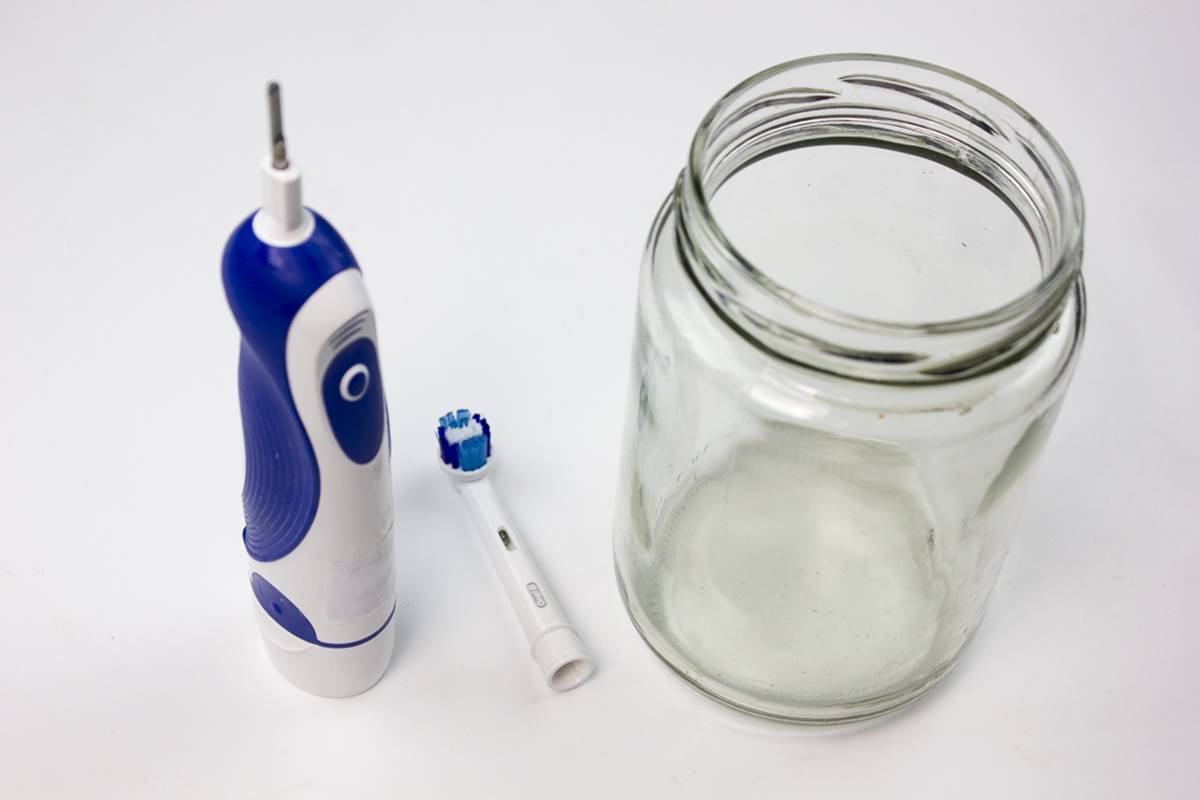


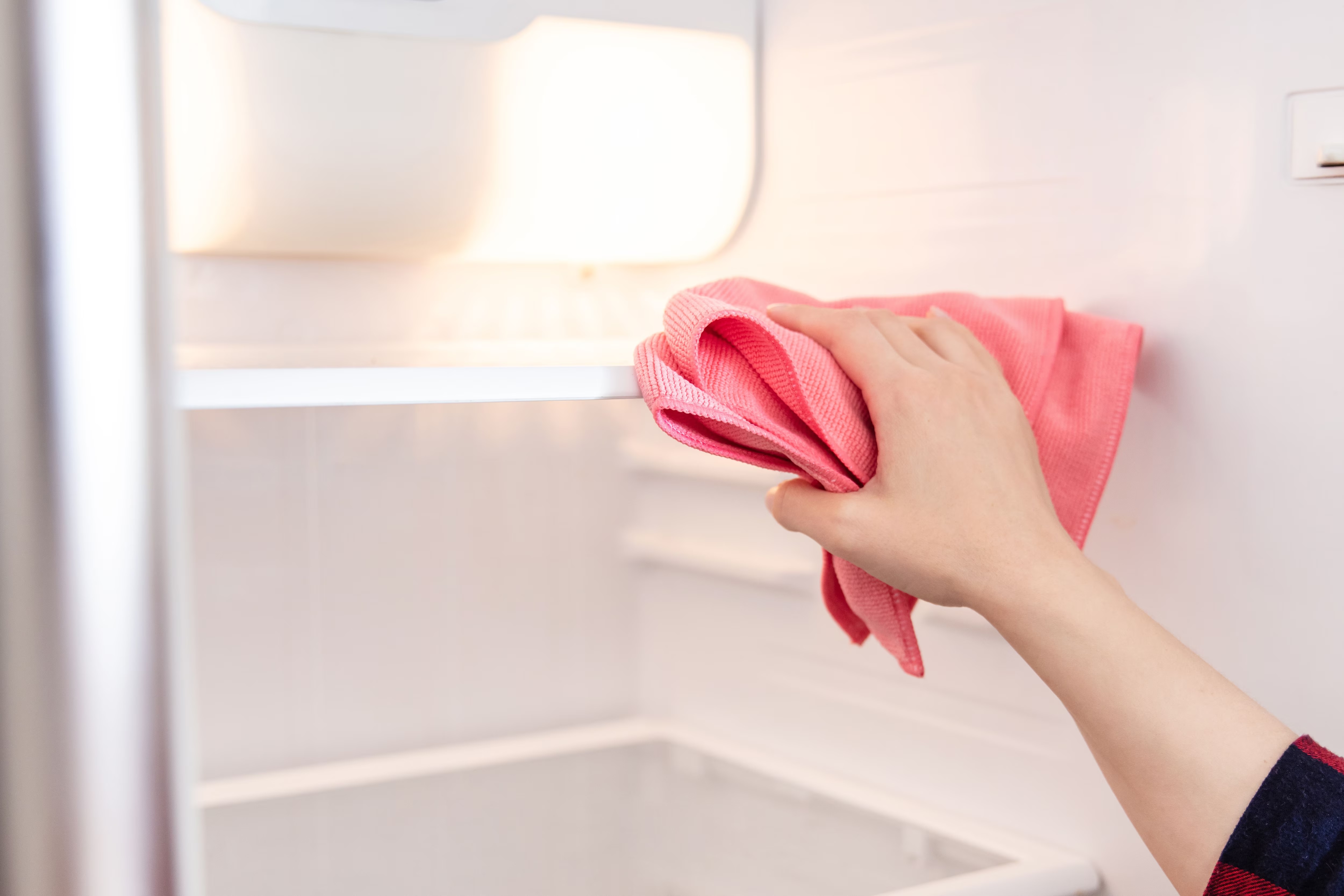
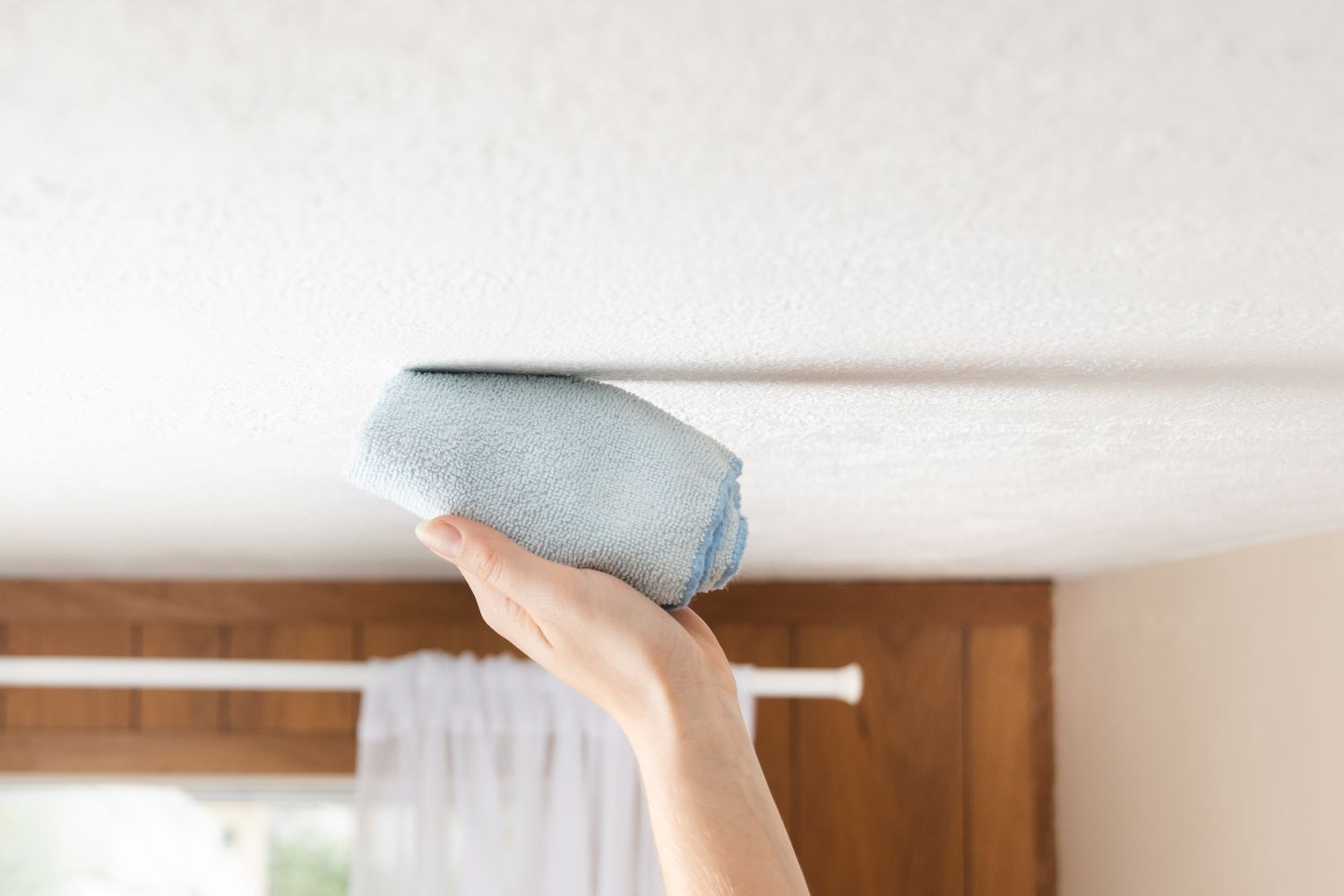
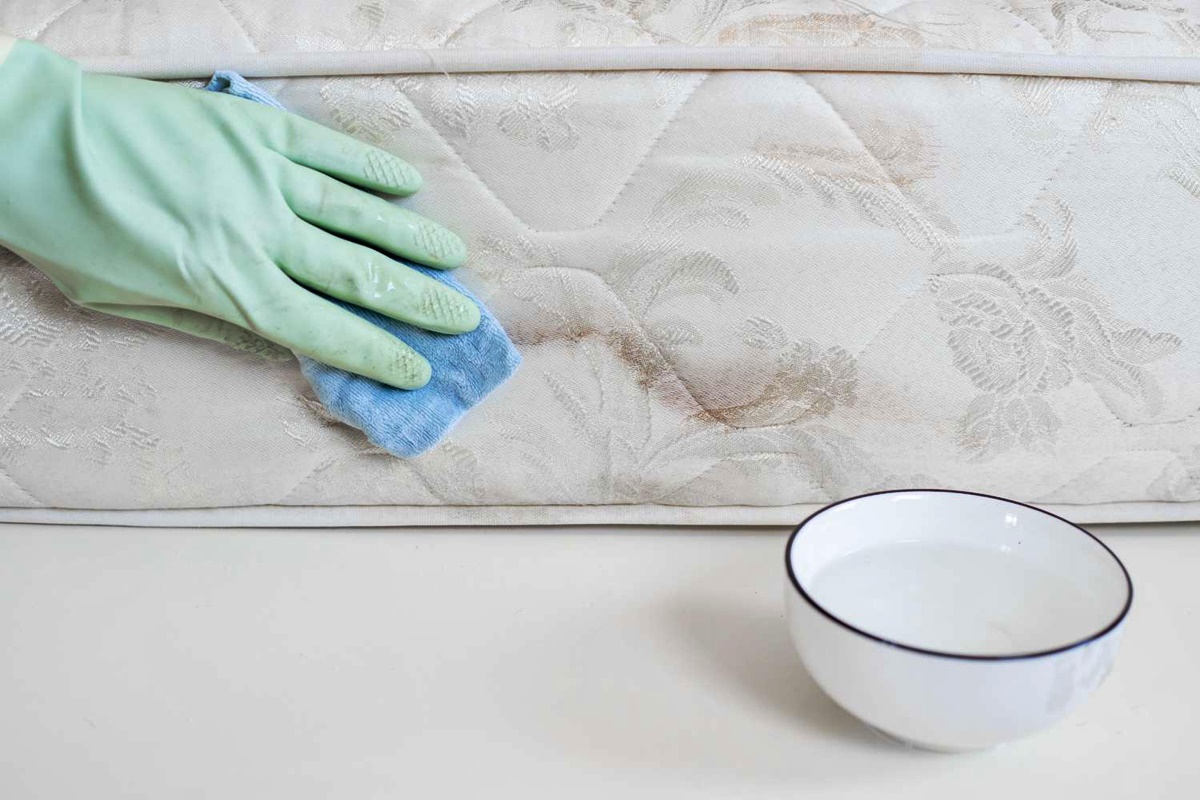
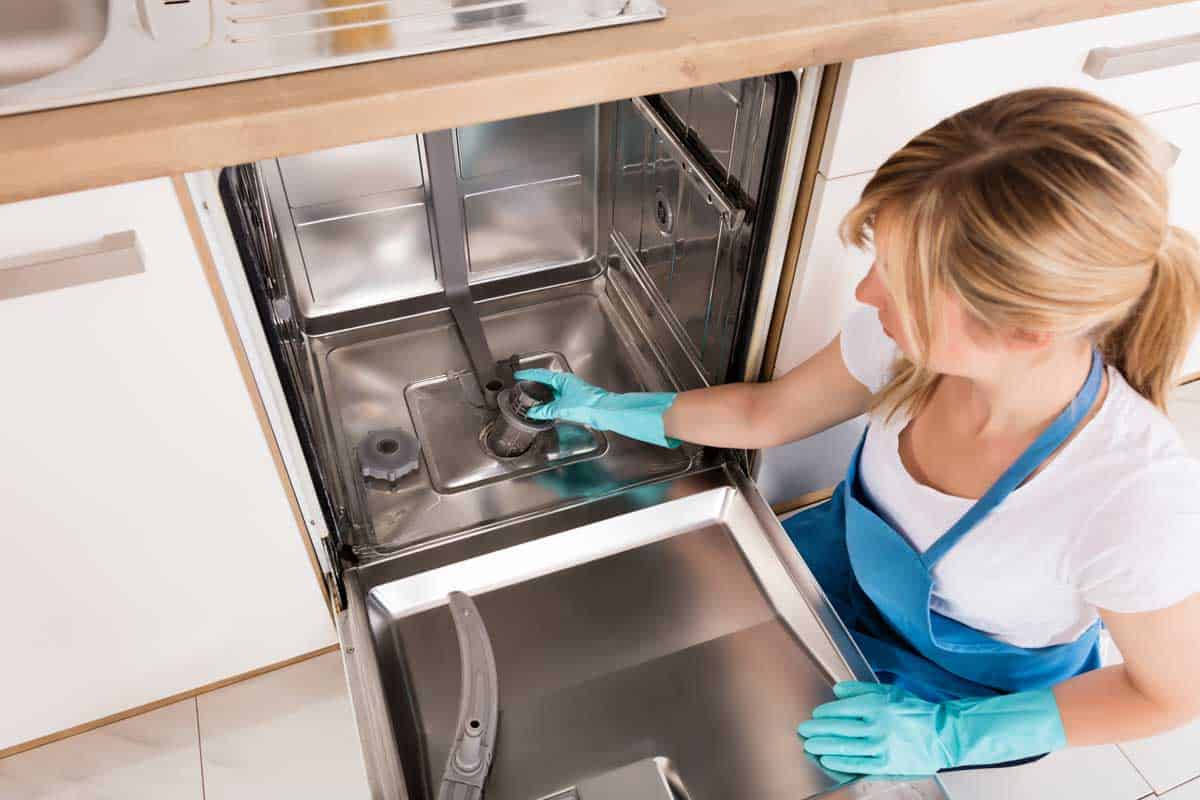
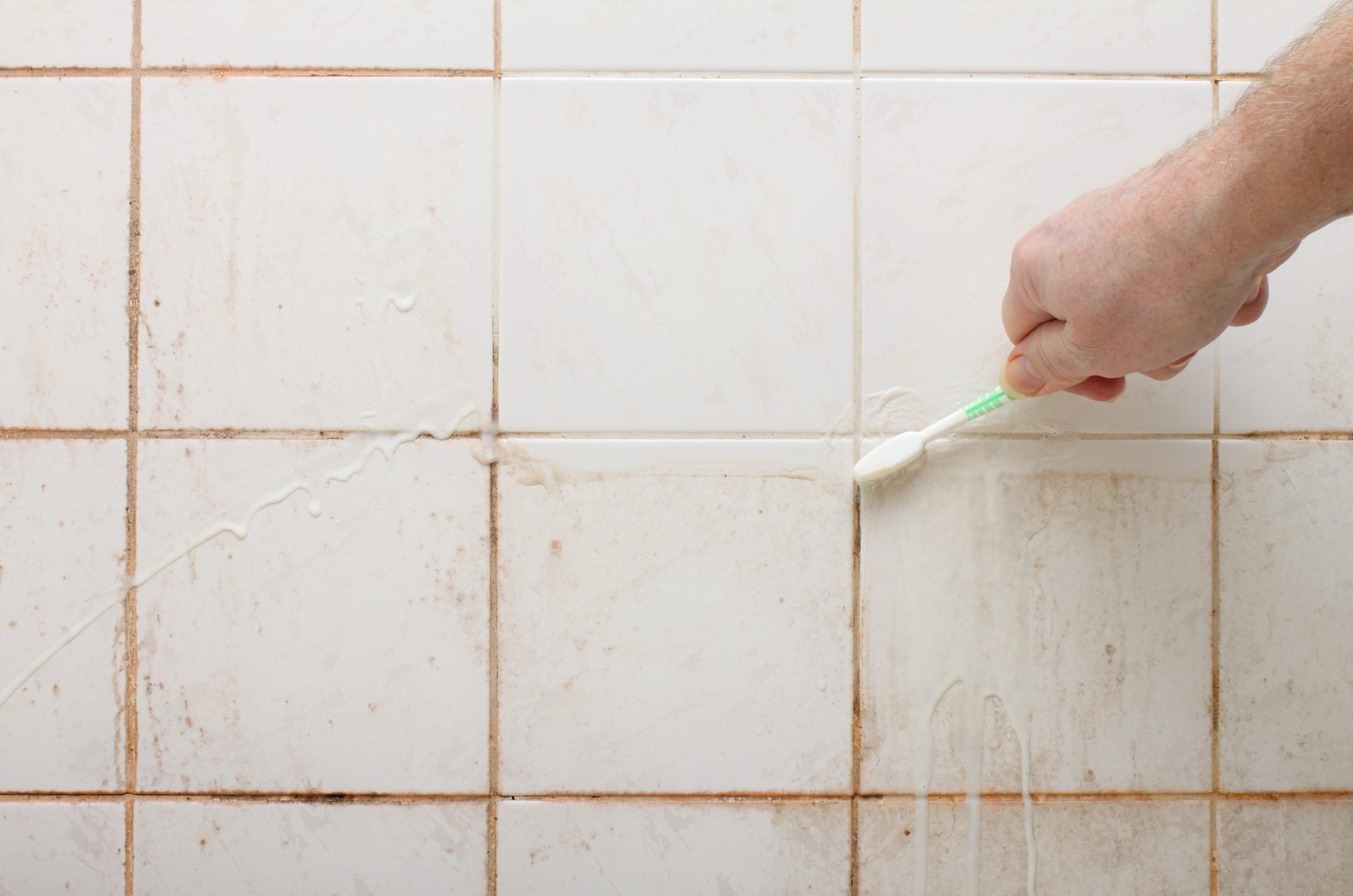
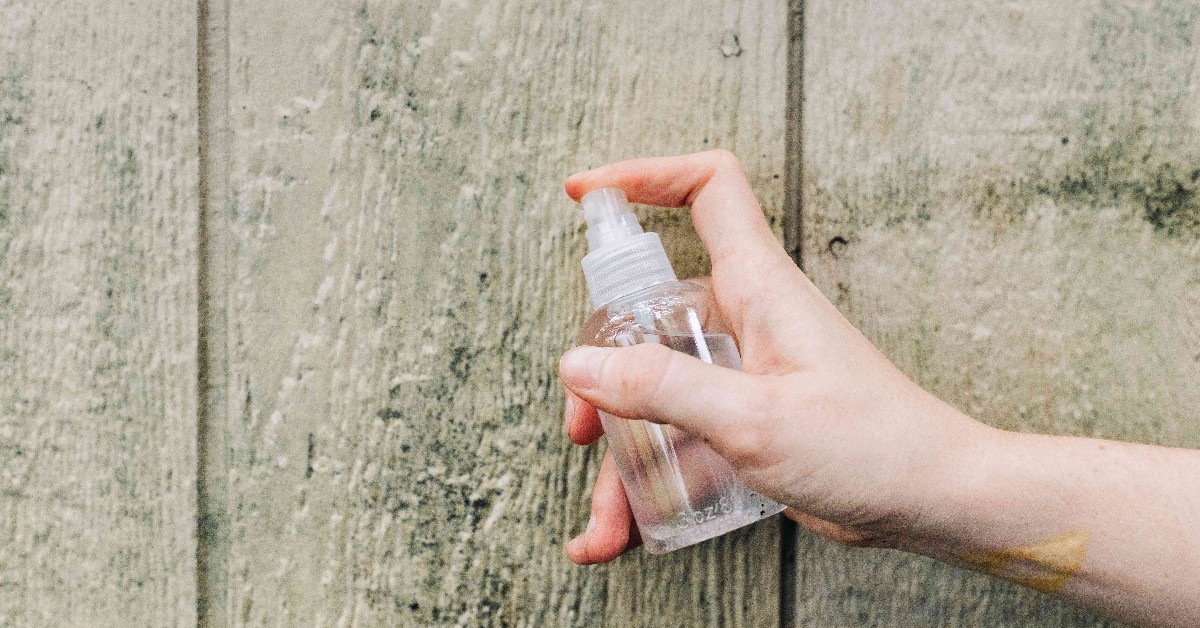
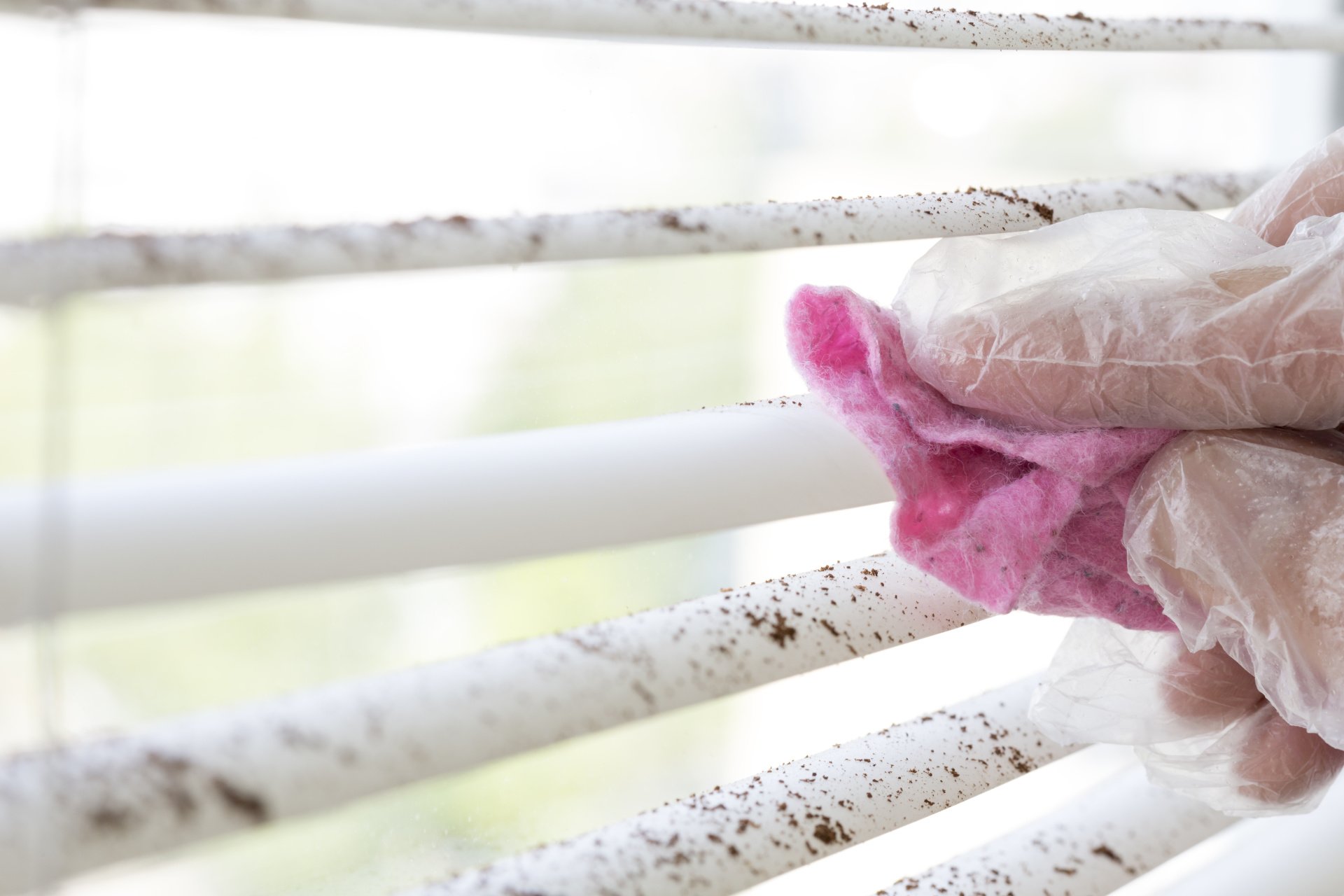
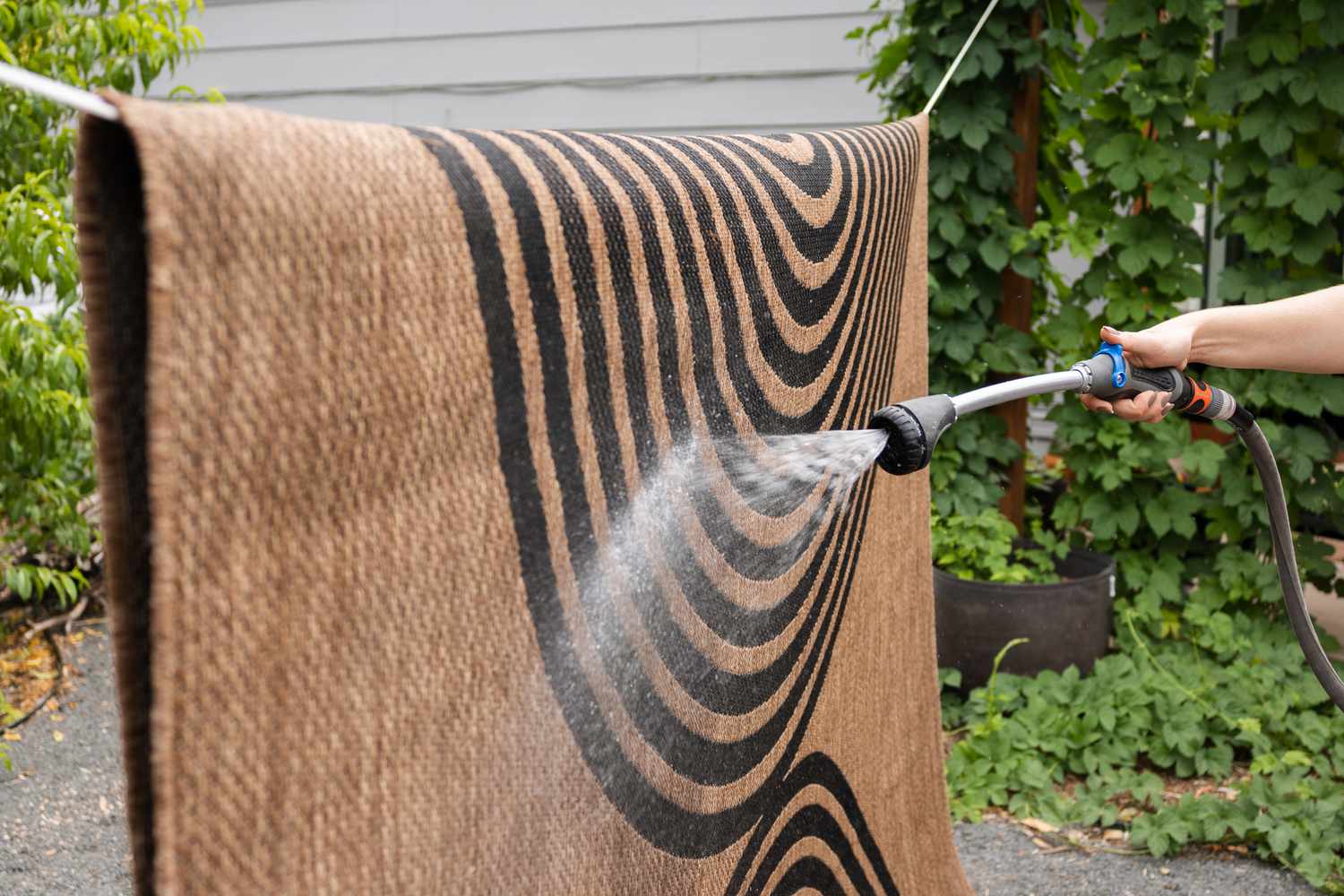
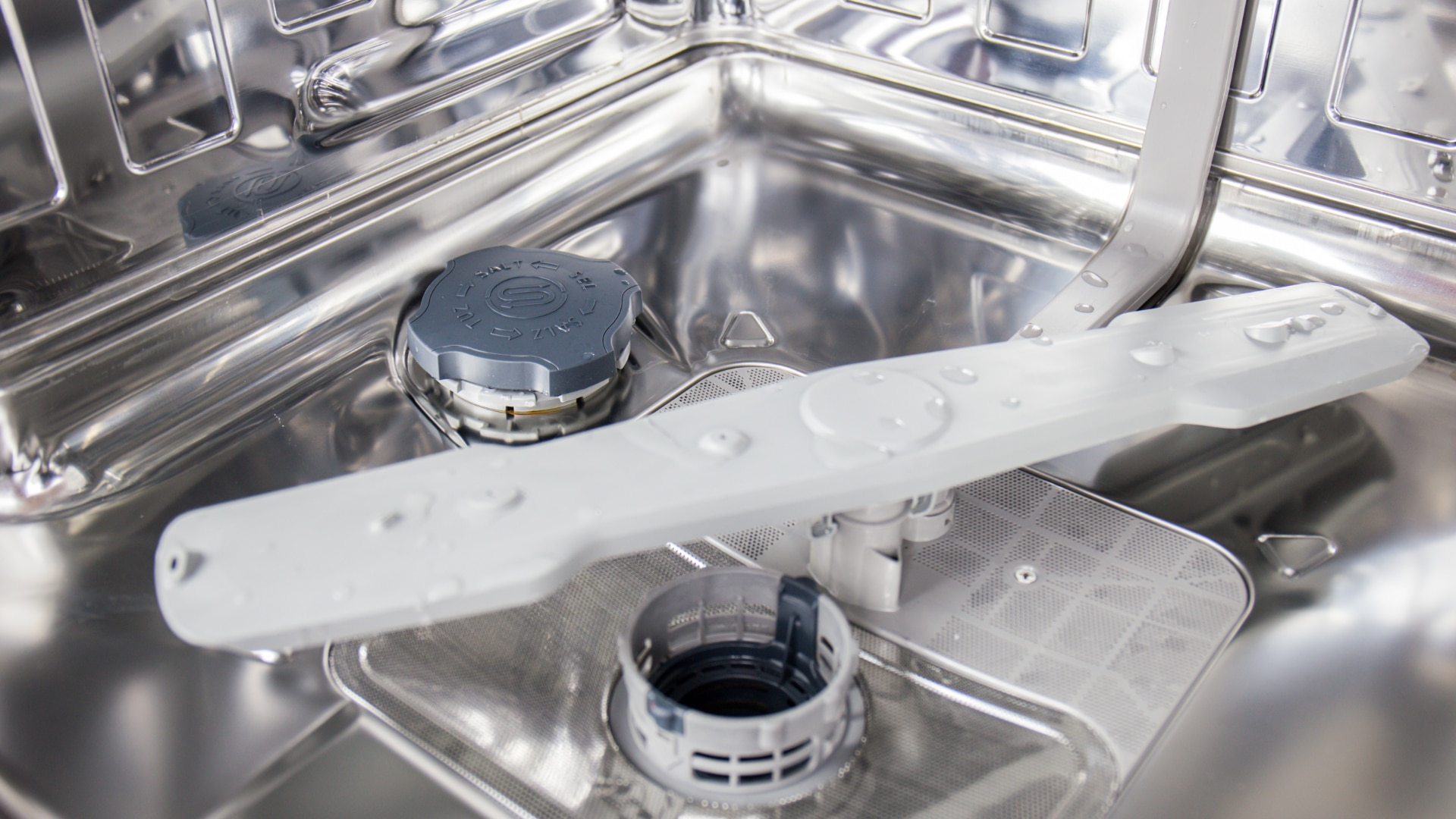
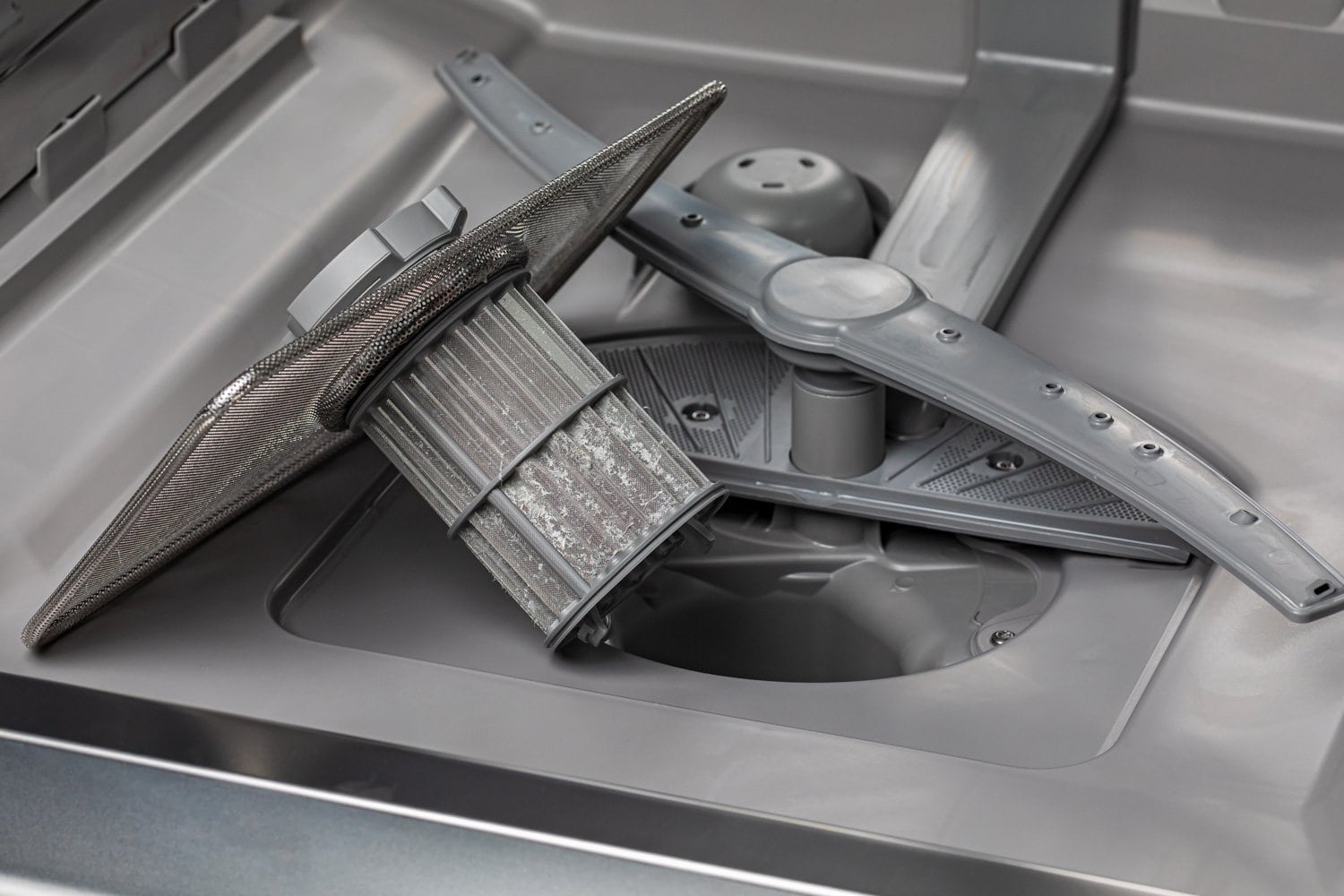

0 thoughts on “How To Clean Mold From Dishwasher”